Diamond Buying Guide
Make an informed decision about what you’re buying. This guide demonstrates the differences in colour, cut, carat and clarity – the 4Cs which, taken together, are what determine the value of the diamond.
Should you have any questions at all we are happy to assist.
GIA’s diamond color grading system measures the absence of color, starting with D as colorless and continuing to Z representing light yellow or brown. The distinctions between color grades are so subtle that they are often invisible to the untrained eye but can make a big difference in diamond quality and price.
D-F – Colourless
G-J – Near Colourless
K-M – Faint
N-R – Very Light
S-Z – Light
As the name suggests, this process grades the clarity of a diamond. On the GIA clarity scale:
FL = Flawless. Any inclusions or blemishes are not visible to the naked eye, and can only be seen by a professional grader using a magnification of 10x.
IF = Internally Flawless. An internally flawless diamond has no inclusions and any blemishes are only visible by a professional grader using a magnification of 10x.
VVS1 / VVS2 = Very Very Slightly Included. Any inclusions are difficult for a professional grader to see using a 10x magnification.
VS1 / VS2 = Very Slightly Included. Minor inclusions which are between hard and relatively easy for a professional grader to observe using a magnification of 10x.
SI1 / SI2 = Slightly Included. Inclusions in the diamond are noticeable to a professional grader using a magnification of 10x.
I1 / I2 / I3 = Included. Inclusions in this grade of diamond clarity are obvious using a magnification of 10x and this may affect the diamond’s transparency and brilliance.
This is the total weight of the diamond(s) used in a particular piece. Carat is a unit of weight that equals to 0.2 grams. That means a 5 carat diamond weights 1 gram. Carat weight relates to the size of a diamond, which is one of the most visible things about a stone. How large a stone looks, though, also depends on how it is cut. Stones that are cut too deep may weigh more, but they will not look any bigger face-up. That is one of the reasons why it is important to buy a stone that is well cut.
Using the GIA-approved cut scale, diamonds are graded as excellent, very good, good, fair and poor. Factors taken into account in grading the cut include the brightness, scintillation and fire within the diamond’s upward-facing appearance. The other factors are ratio, polish, durability and craftsmanship.
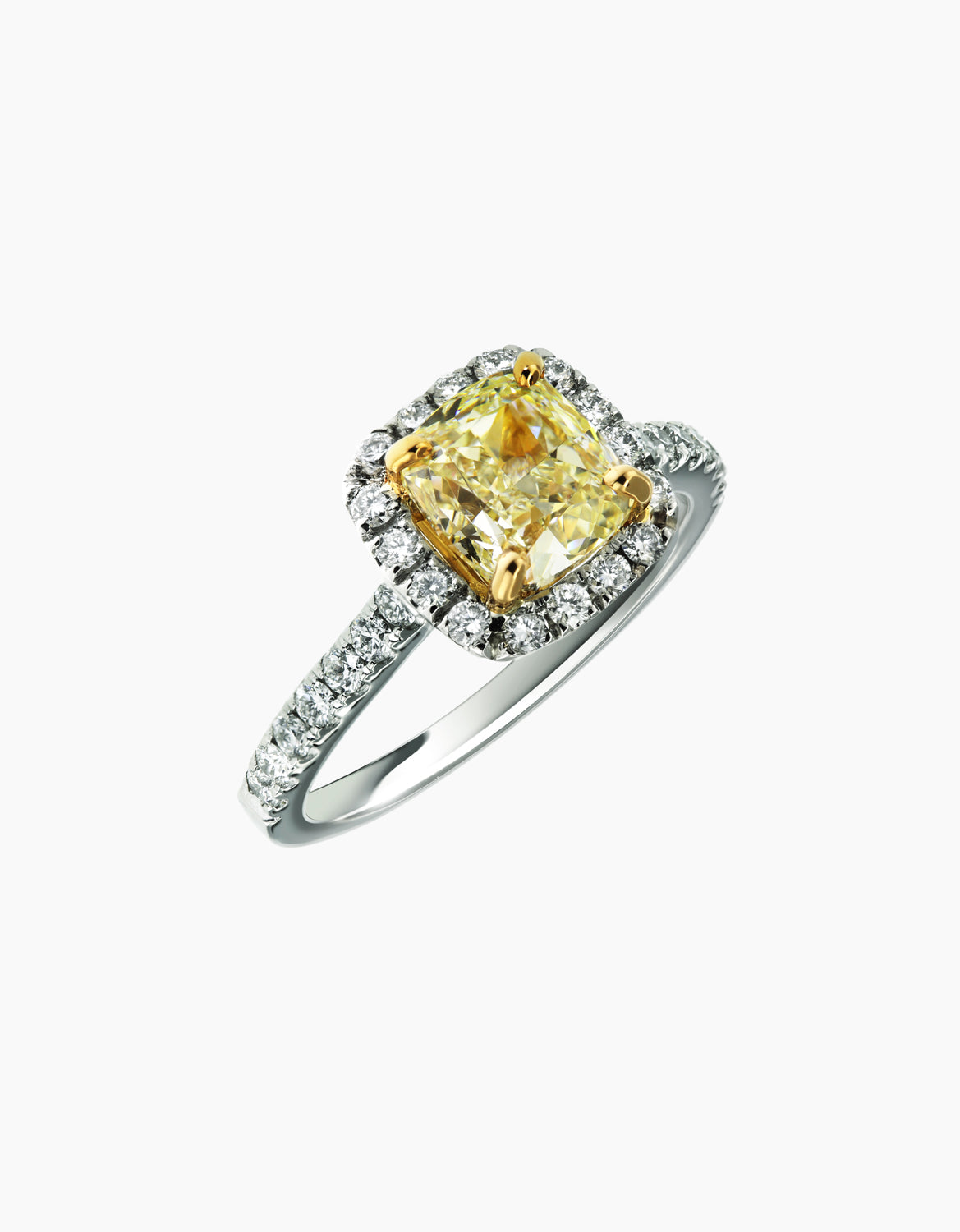 Rings
Rings
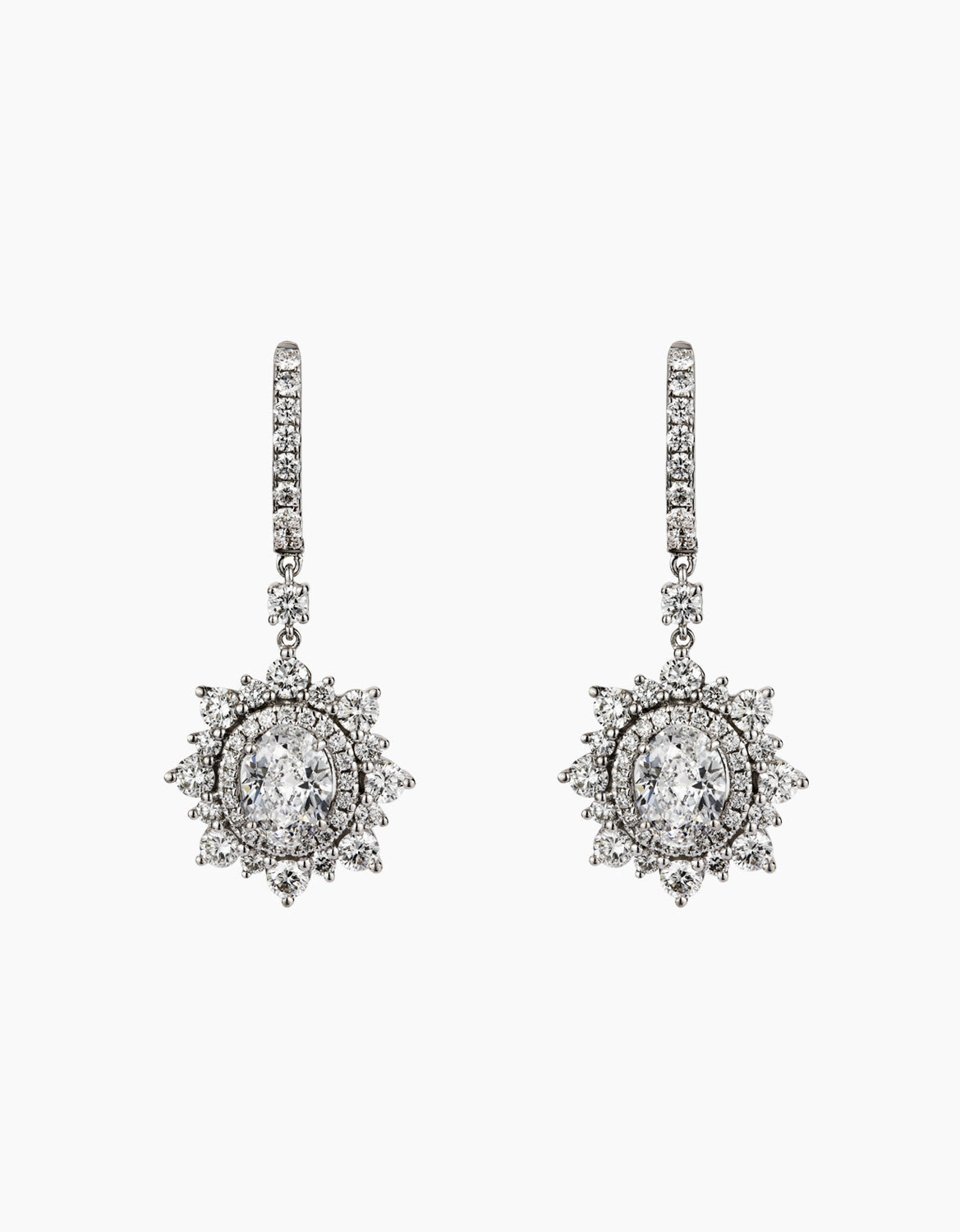 Earrings
Earrings
 Bracelets & Bangles
Bracelets & Bangles
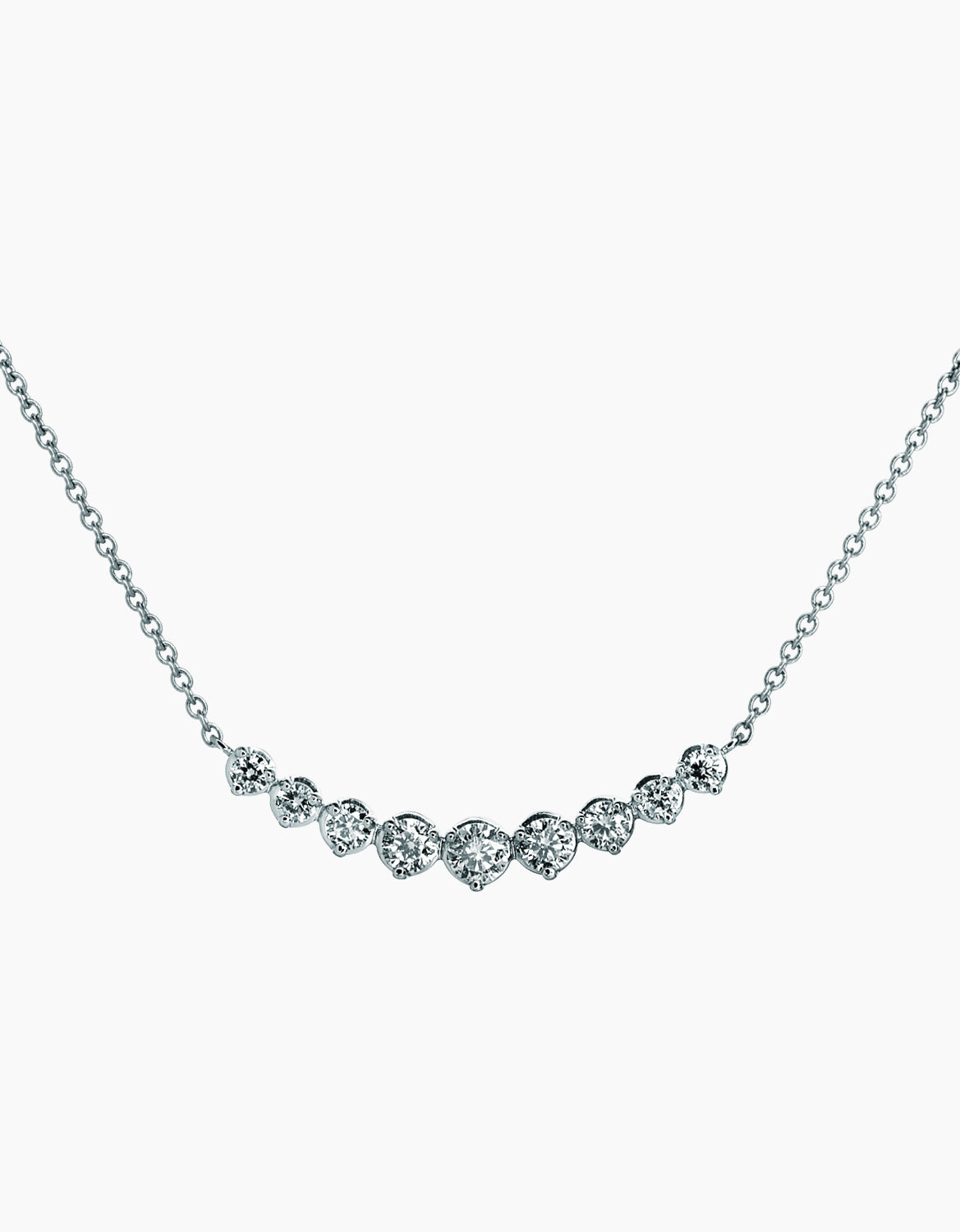 Necklaces & Pendants
Necklaces & Pendants
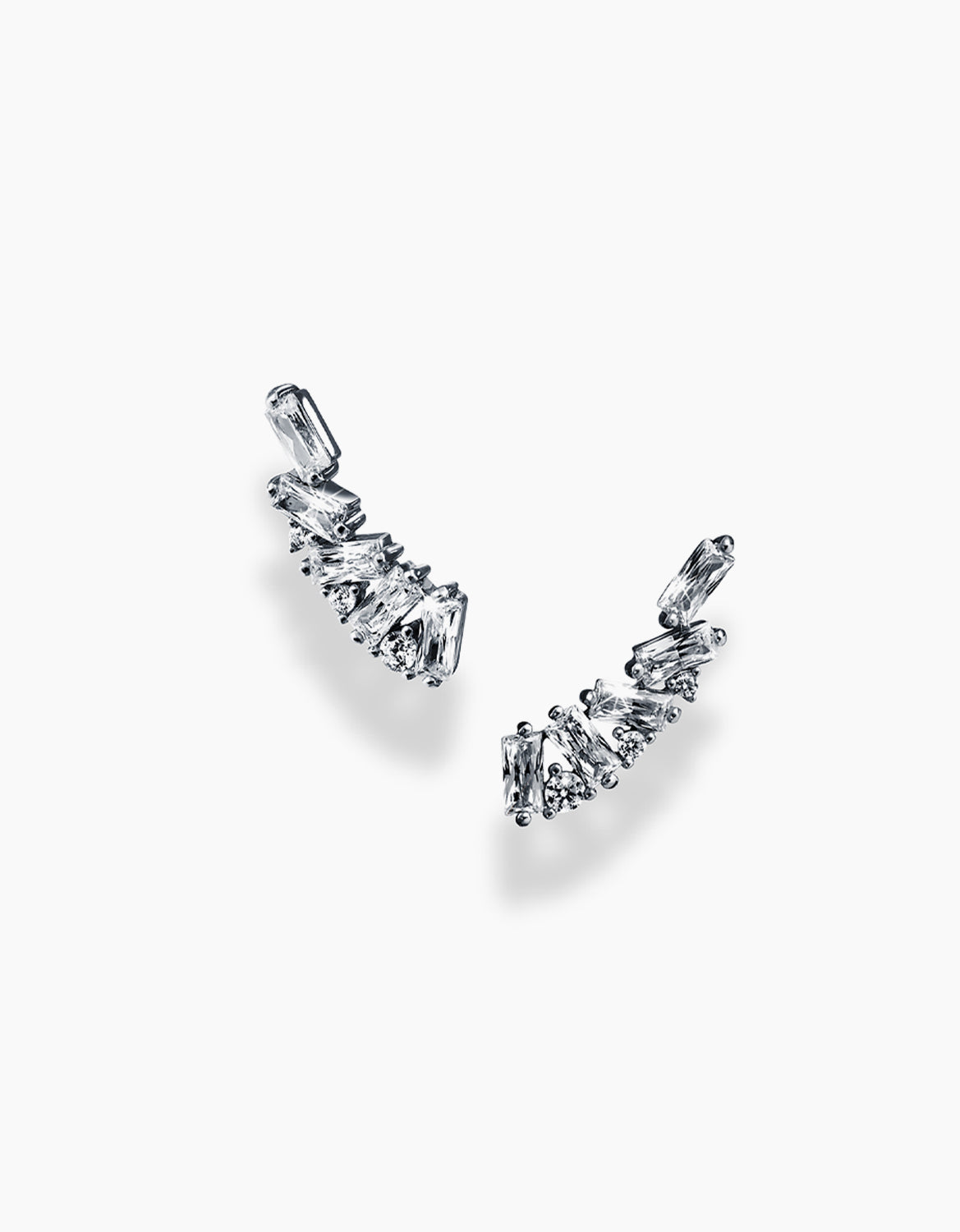 Silver Jewellery
Silver Jewellery
 Our Story
Our Story
 Diamond Buying Guide
Diamond Buying Guide
 Watch Buying Guide
Watch Buying Guide
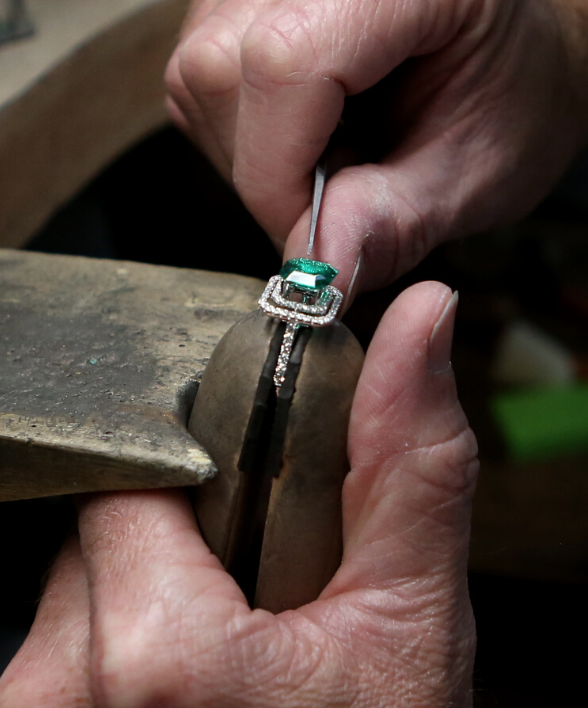 Product Care & Aftercare
Product Care & Aftercare
 Visit our Showroom
Visit our Showroom